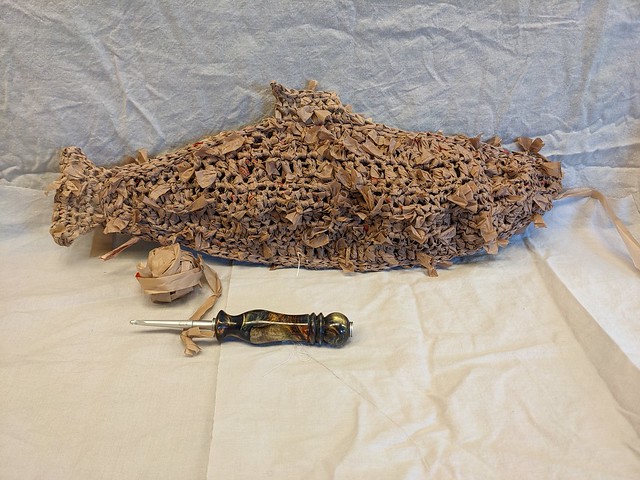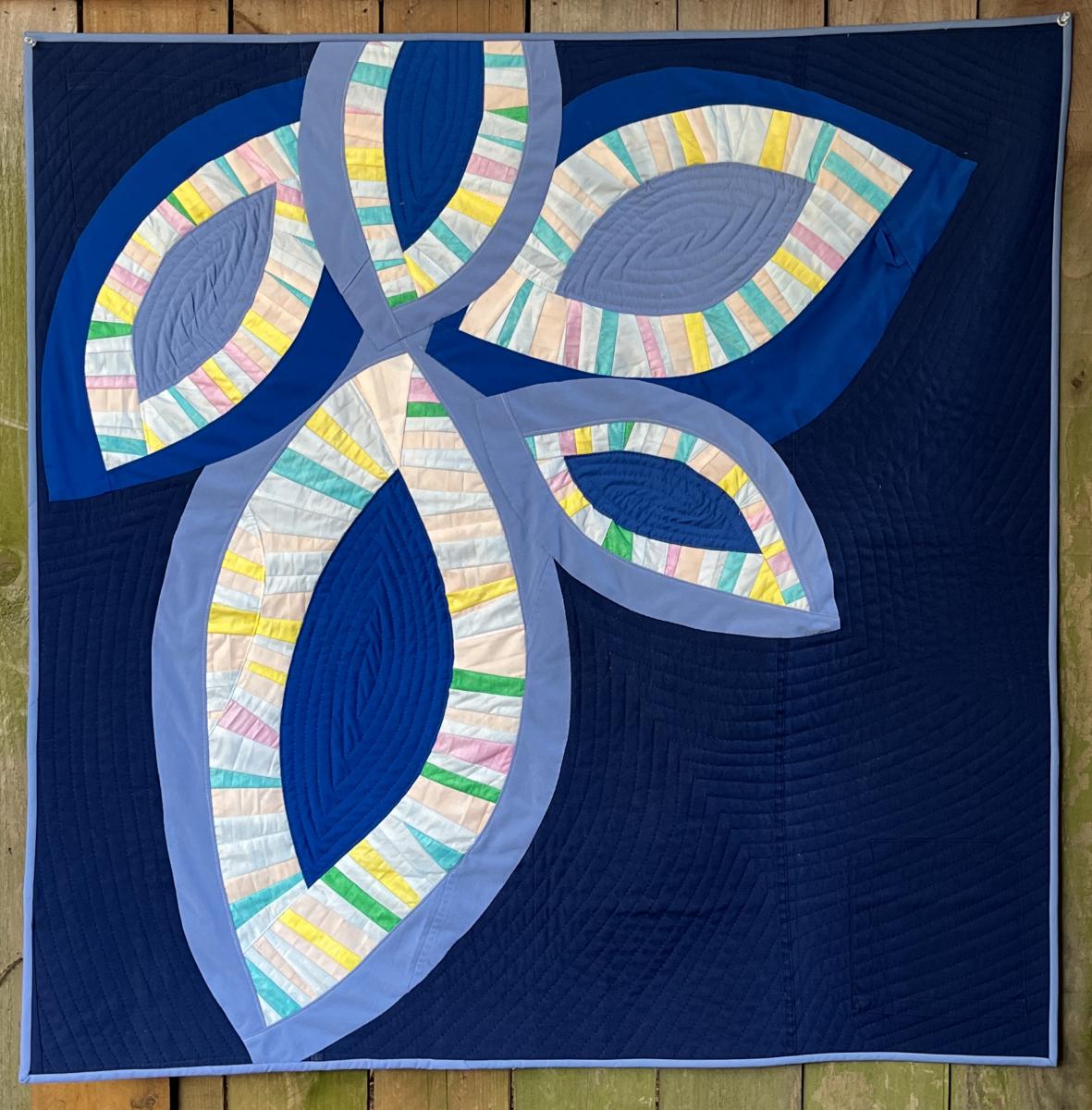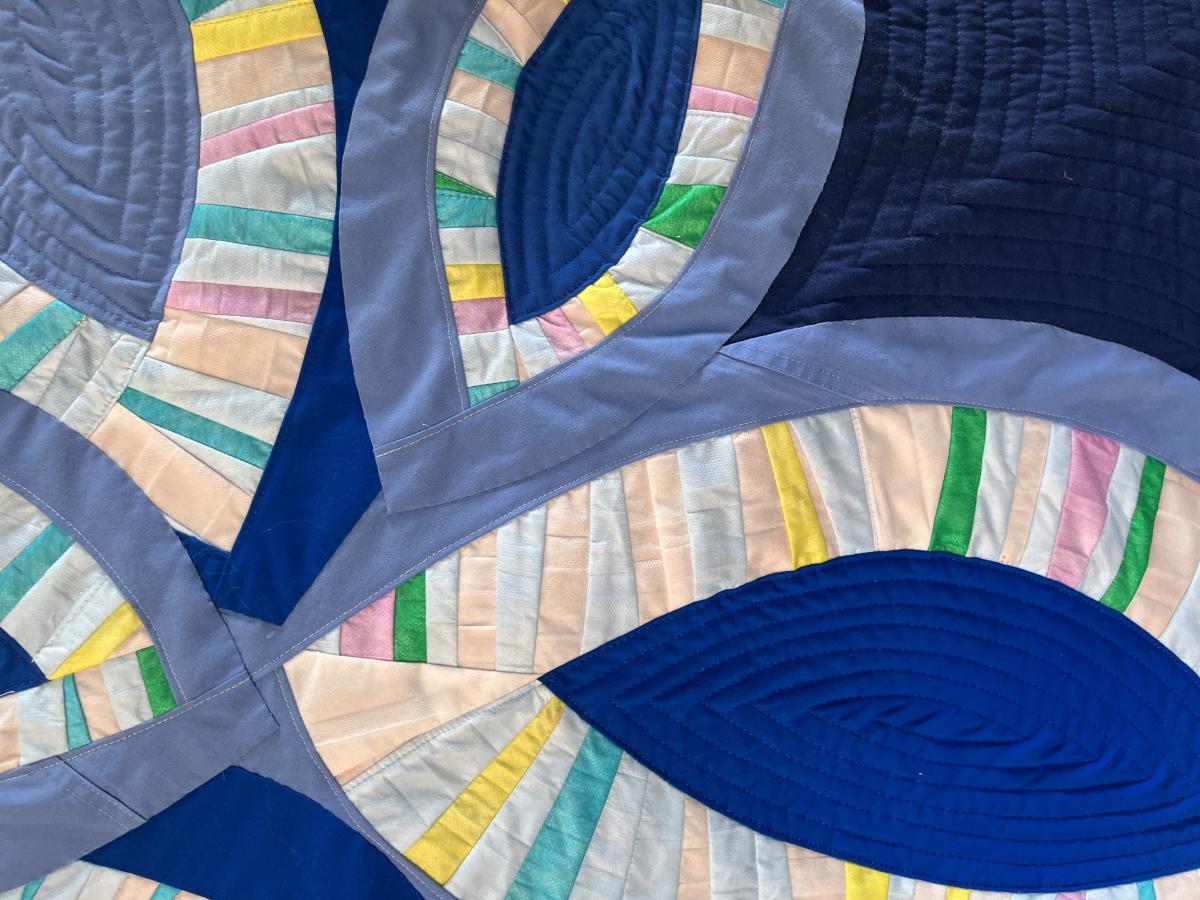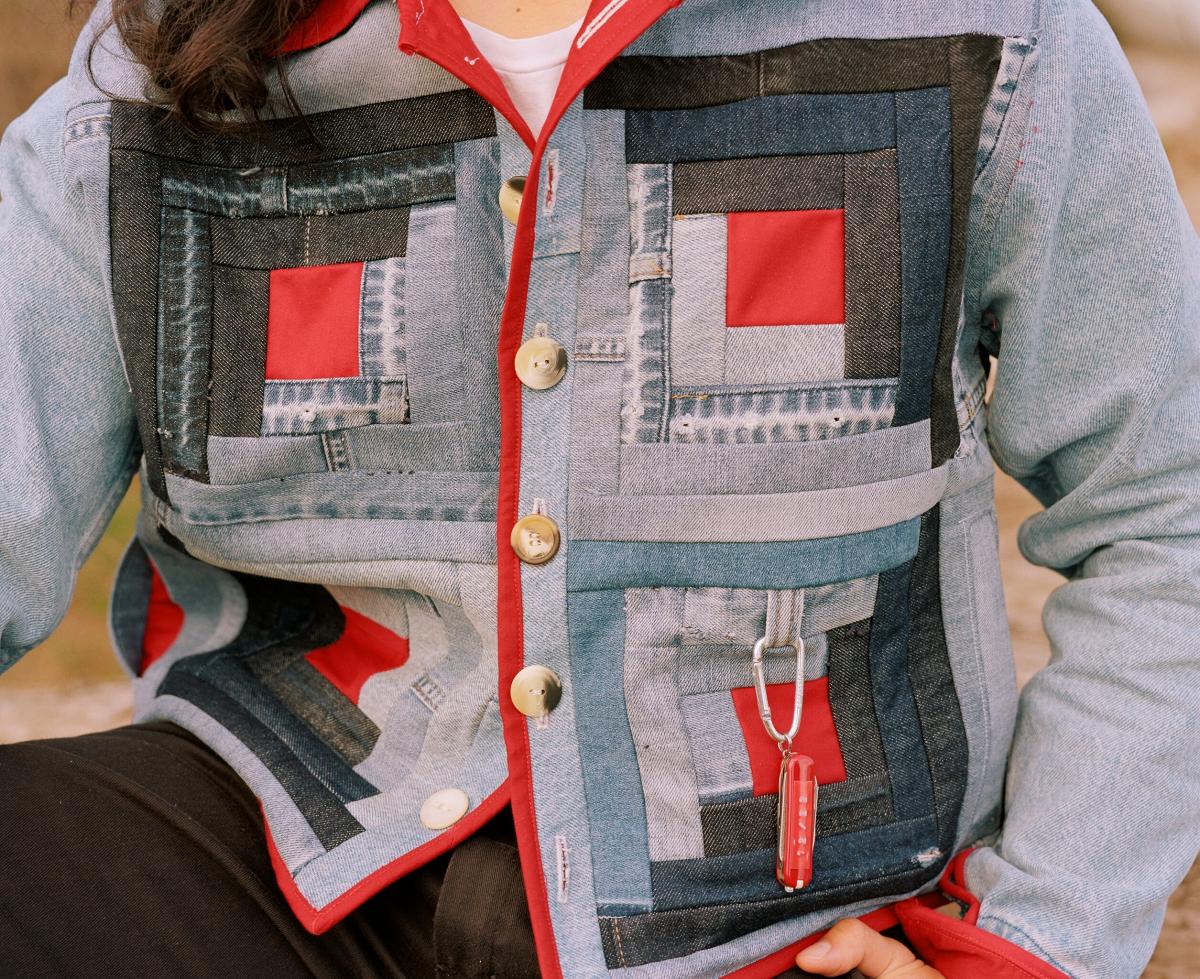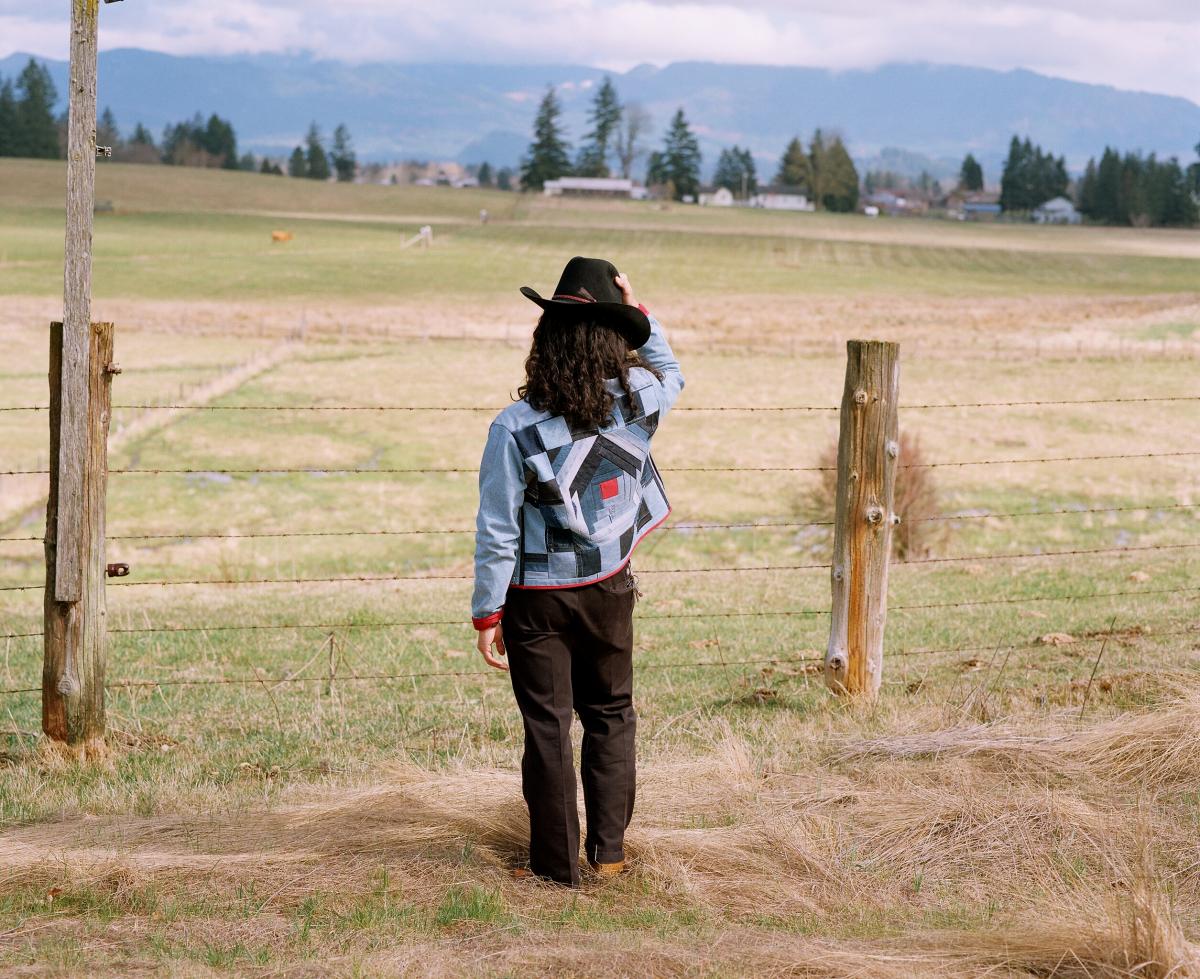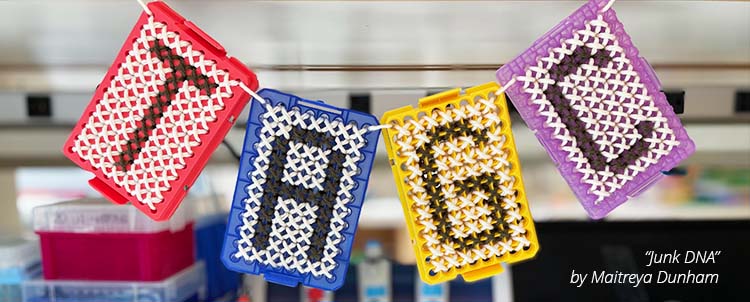
Artists from around the UW created astounding art pieces from trash in the fourth annual Trash Art Contest.
UW Recycling received 23 submissions from UW students, faculty and staff. Five winning pieces were selected in three categories. The artwork needed to be created from items normally thought of as trash or a written work about waste and sustainability. Artists were asked to express feelings or ideas about waste, or a sustainability topic that relates to waste.
This year's winners are:
2D art category
- Junk DNA by Maitreya Dunham
- Endemic Bloom by Louise Wackerman
3D art category
- A Hearth of Scraps by Nathan Hiatt
- Reinvestment by Celine Waldmann
Literature category
- A Day of Sustainability in Seattle by Avery Carroll
Click the name of the artwork to read the artwork’s description below.
The creativity and skill of the submissions impressed the UW Recycling selection committee. Pieces ranged from a crocheted plastic bag fish to a small dog made from groomed pet fur.
"I was shocked at the different and unique ways people used waste to create art,” said student judge Carolina Lopez. “I especially liked learning more about the meaning behind each piece and why it was personal to those who created it."
Click the slideshow below or see the album on Flickr to view all of the 2023 art submissions.
UW Recycling’s goal for the contest is for people to see waste from a different perspective and consider its impact on our community and environment.
Submissions were judged by an interdisciplinary group of students, faculty and staff. Judging criteria included: originality and creativity, clarity of waste or sustainability theme, material usage, and relevance to personal and/or UW campus waste.
The winning art pieces in each category are highlighted in detail below.
2D Art category
Painting, photography, collage or other pieces that may be hung on a wall
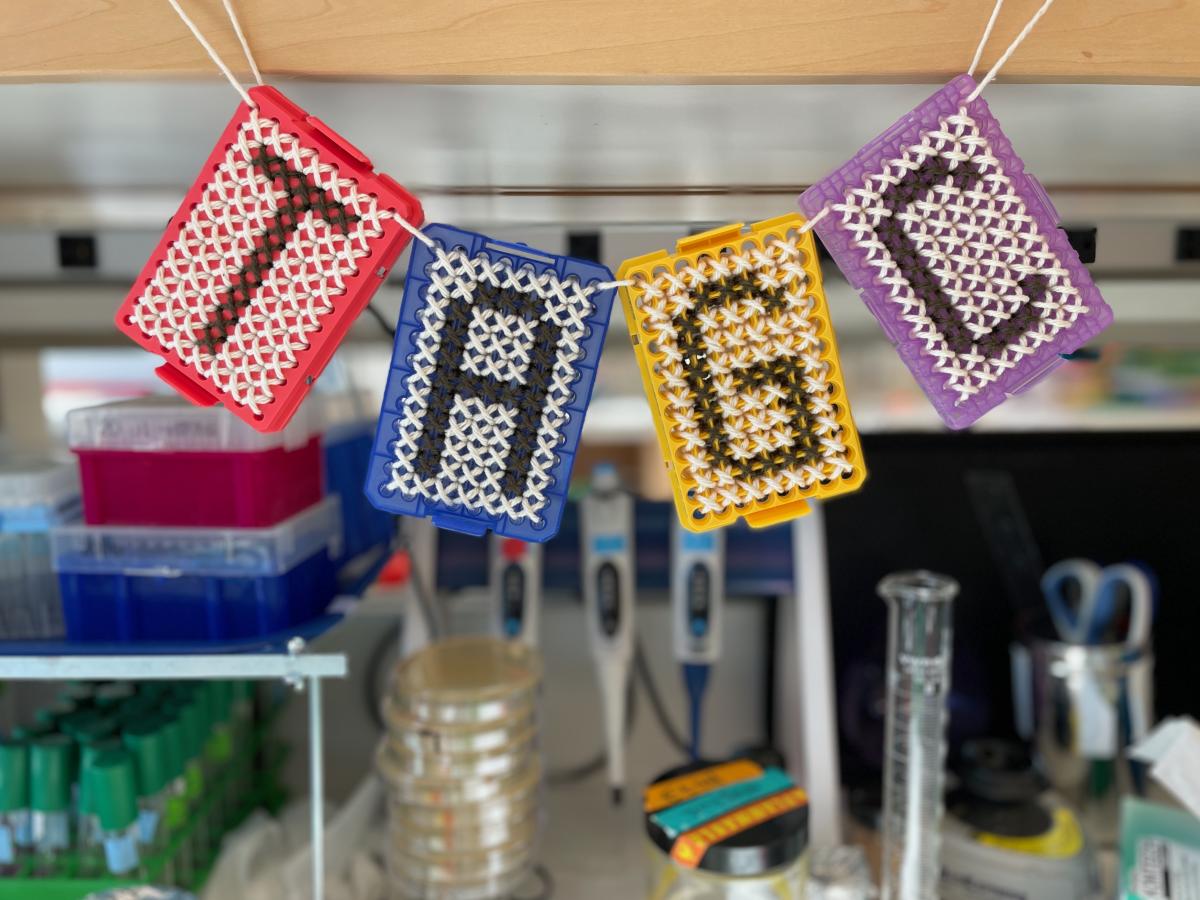
1st place winner: Junk DNA by Maitreya Dunham
Art piece created from pipette tip box inserts, scrap yarn. Details submitted by artist.
Brief description and theme of the art piece
This piece reuses pipette tip box inserts as canvas for cross stitch embroidery, which is usually worked on gridded fabric. A traditional cross stitch sampler often includes the alphabet, so I stitched letters that represent the DNA alphabet of T, A, G and C. The title, "junk DNA," is a play on a term for sections of the genome that seem to have no function.
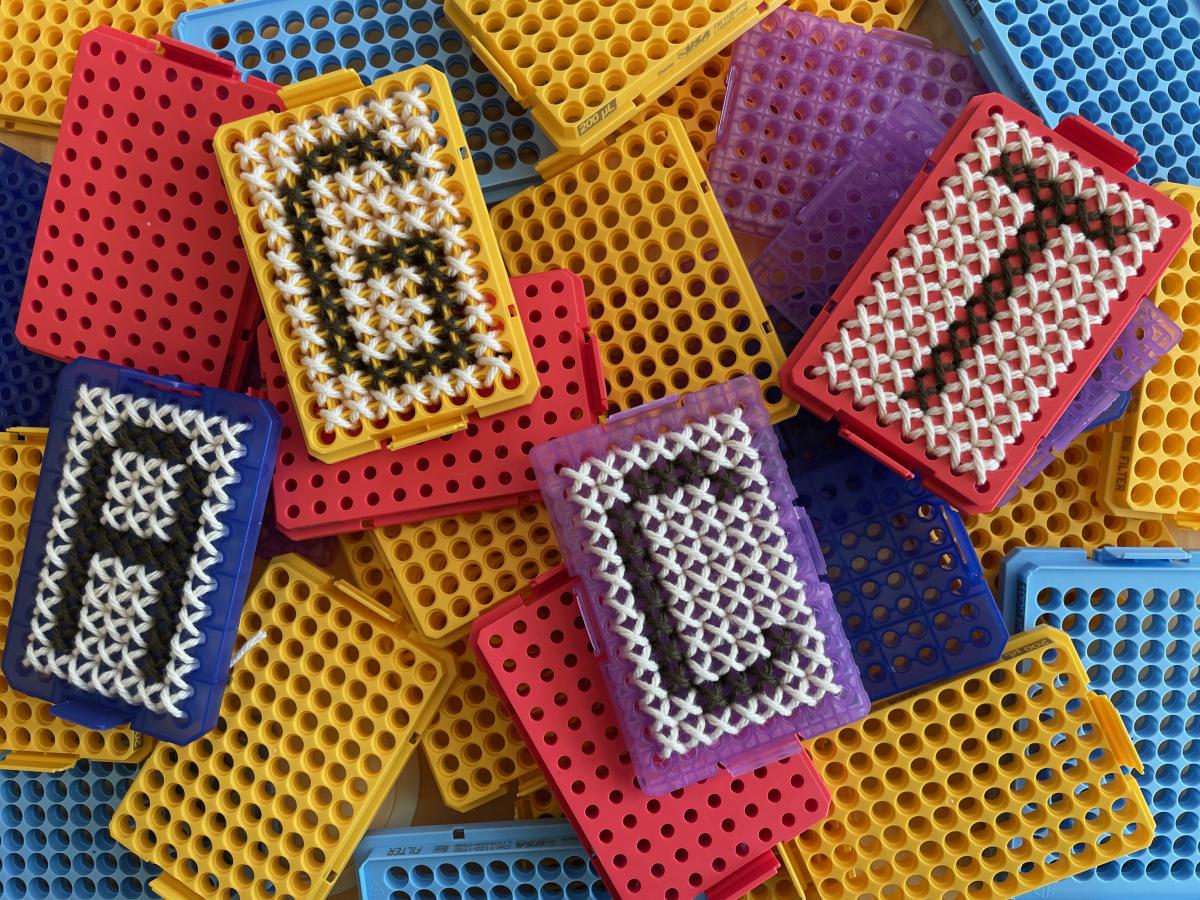
How is this relevant to your personal and/or UW campus waste?
Modern genetics labs like my own generate an extraordinary amount of plastic waste, much of which can't be recycled. If I had stitched a DNA base on each of the pipette tip box inserts my lab collected for me in just 3 weeks (second picture), I could "spell" a protein 11 amino acids long. The amount of trash made by our labs feels at odds with our values of using science to improve the health of people and the planet.
2nd place winner: Endemic Bloom by Louise Wackerman
Art piece created from used scrubs and disposable masks. Details submitted by artist.
Brief description and theme of the art piece
The pandemic has been winding down, but we're still required to wear masks at work. I wanted to make a piece using the disposal masks, that I still wear every day, and the worn scrubs to represent the end of the pandemic and the rebirth of everyone coming back to normal and blossoming again on the road to the endemic side of the last few COVID years.
How is this relevant to your personal and/or UW campus waste?
Hospitals are FULL of one time use, disposable items! And the pandemic has now added a huge amount of disposable masks to that trash chain. I have always grappled with the irony of all the disposable items used in healthcare to keep our patients healthy versus the amount of waste these same items make in order to also keep our patients healthy. The masks are my own waste. As a way to keep a few out of the trash cycle, I have given them another purpose in the form of a quilted textile.
3D Art category
Sculpture, model or other pieces that are upright
1st place winner: A Hearth of Scraps by Nathan Hiatt
Art piece created from scrap textiles and supplies that would have been disposed of as trash. Details submitted by artist.
Brief description and theme of the art piece
This denim jacket is assembled using a classic log cabin quilting pattern. Historically this process has been used to do just this, and turn scraps into fabric with an appeal all on its own. Traditionally the red square in the center was a gesture towards the hearth of the home. I've sewn this piece together with this heritage past in mind. Subjected against our modern day fashion industry I feel this motif strikes even stronger. As in our age of hyperproduction and limitless consumption the modernized way to deal with those same scraps is to destroy them. Either to toss them out and be forgotten or burned in its entirety. Moreover I twisted our classic Americana clothing into question, these aren't just any scraps they're blue jeans. How American can you get? Made of the waste of consumption is how American you can get. Blue jeans built from polyester fiber blends that have no plan on going anywhere anytime soon. We wear fibers made of oil byproducts without a second thought. I want observers to see beauty then realize they're looking at their own trash. My intention was to make waste worth wearing. I didn't want my piece to just be performative I wanted it to be encouraging, that there's true potential in these forgotten scraps we just need some creativity. I even embroidered a stylized A, which stands for Always, the relationship I want us to stride for with our clothing.
How is this relevant to your personal and/or UW campus waste?
This project holds a special place in my heart because attending school at UWT has helped me understand this is what I want to do with my life. For Winter quarter I took "A Natural History of Garbage" TEST 332 where we learned a lot about quilting, and the many intricate processes America once utilized to be stewards over our belongings. Only for the following day to clock into my retail job where I witness the opposite relationship with our clothes. I can't help but walk campus anymore without thinking about all the clothes my peers are wearing and how vital caring for them is. So in any spare moment I had, where I wasn't in class or working I was quilting together scrap denim hems in our UWT Maker space.
My path of sustainability also begins with UW Tacoma. Up until then I've worked within fashion retail industry since 2018 and gave little thought the waste my job contributes too. Learning about Public Policy around pollution or exploring how Art can influence our perception of climate change helped me realize my passions.
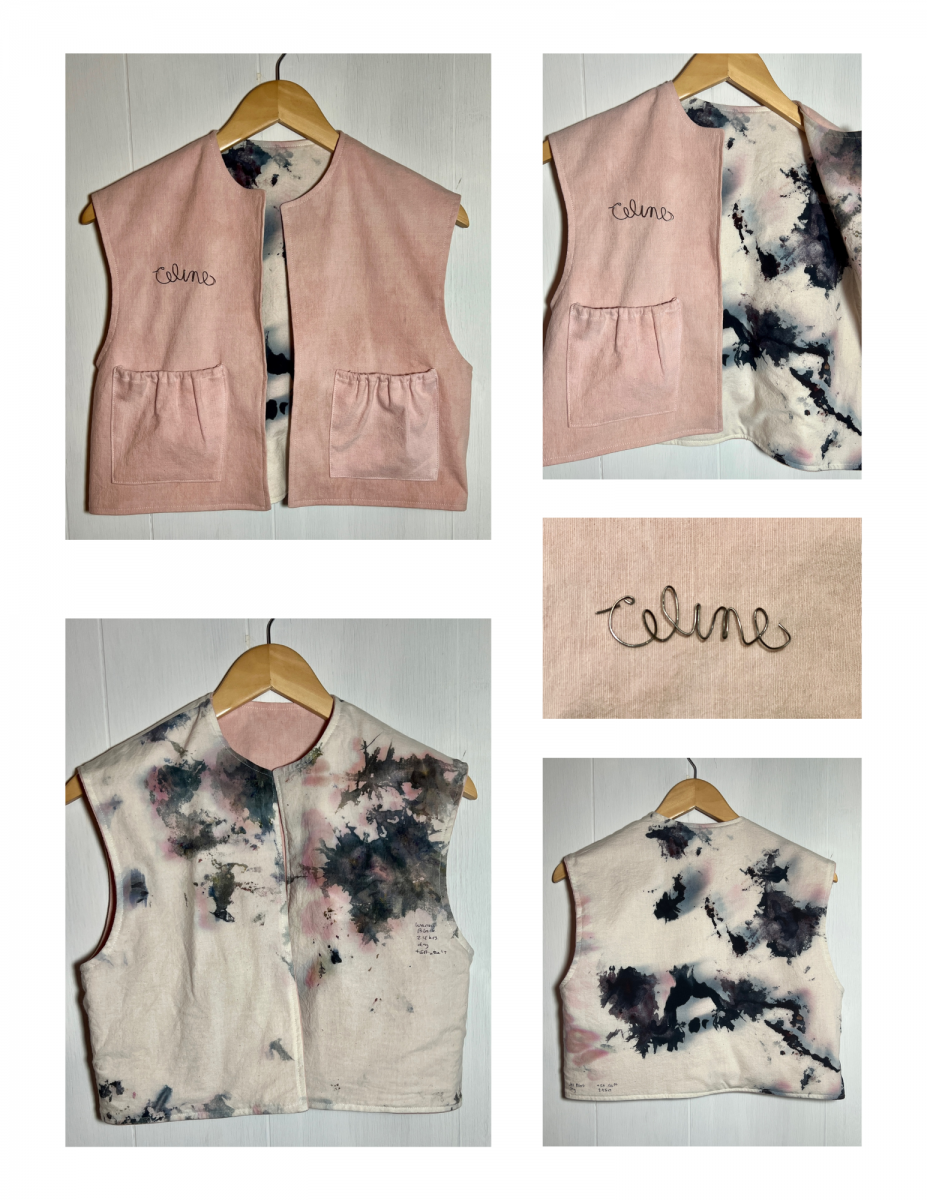
2nd place winner: Reinvestment by Celine Waldmann
Art piece created from discarded curtain fabric, elastic straps from surgical masks, repurposed textiles used for dye tests, the wire from an old spiral notebook, and dyes made from food waste (avocado pits and onion skins). Details submitted by artist.
Brief description and theme of the art piece
Other than the thread to sew the vest together, everything used was recycled or repurposed. I'm interested in exploring the way that things that are typically destined for the landfill actually have more "life" left in them. It does often take some extra time and thought, which I recognize is a privilege that a lot of people don't have when building a wardrobe.
The outer shell is from curtains that belonged to someone I know. They were a little dirty from dragging on the ground, so they had been hemmed and the excess fabric was being thrown away. I saved it and dyed it first using onion skins, then with the avocado pits that I had saved up since the start of lockdown. In that sense, the color became a visual representation of this period. I don't particularly like pink, but I don't love being in a pandemic, so the color seems apt.
The lining is from some dye tests from an old project. I don't really need to reference them again and the panels were big enough to line this piece. They have notes on them in permanent marker with details of the dye used and the process, so in a way, the piece has become a wearable part of my swatch library.
The pockets are gathered with the elastic ear pieces from surgical masks. I was initially thinking about patching masks together to form an interlining, but I worry about the microplastics that leech out from them, so I just have a stack of old masks awaiting a project.
The name pin is made of the wire from a spiral notebook, which I saved after the notebook was used up.
How is this relevant to your personal and/or UW campus waste?
I used to work in the fashion industry, which is a difficult space to navigate without compromising your ethics in terms of labor practices, waste, environmental concerns, artistic integrity, body image representation, cultural appropriation...the list goes on and on. I've read that somewhere between 80-90% of clothing ends up in the landfill and I named this vest "Reinvestment" (a horrible pun!) because it's comprised completely out of materials that were headed for the garbage, but were clearly still large enough and useful enough to create a wearable and functional (it has pockets) piece of clothing. It's also full reversible, so it's like two garments in one. And what's a more Seattle-y item of clothing than a vest? Granted it's not a puffer vest or fleece, but it also doesn't release microplastics and wasn't made in a sweatshop. The piece is an embodiment of the cross-section of my interests in fashion and holistic sustainability.
The fashion industry is one of the biggest polluters and there is no regulation regarding the use of the word sustainable in the industry and greenwashing is out of control. I was always saving scraps of fabric or findings that were still perfectly usable, but were being thrown away and had a reputation at school and in the workplace for saving "garbage". But garbage is in the eye of the beholder, since these are the same textiles that are being used to create garments or homewares that can go for hundreds of dollars, so why wouldn't there also be value in the scraps that are being left behind?
I also wanted to celebrate using natural dyes, particularly using food waste, since the dye industry is one of the largest contributors to pollution in the fashion industry, with dyes often contain carcinogens and heavy metals, which can end up untreated in local waterways.
Literature category
Written work such as an essay, poetry, drama, or a story
Note: We received one submission for this year’s literature category.
1st place winner: A Day of Sustainability in Seattle by Avery Carroll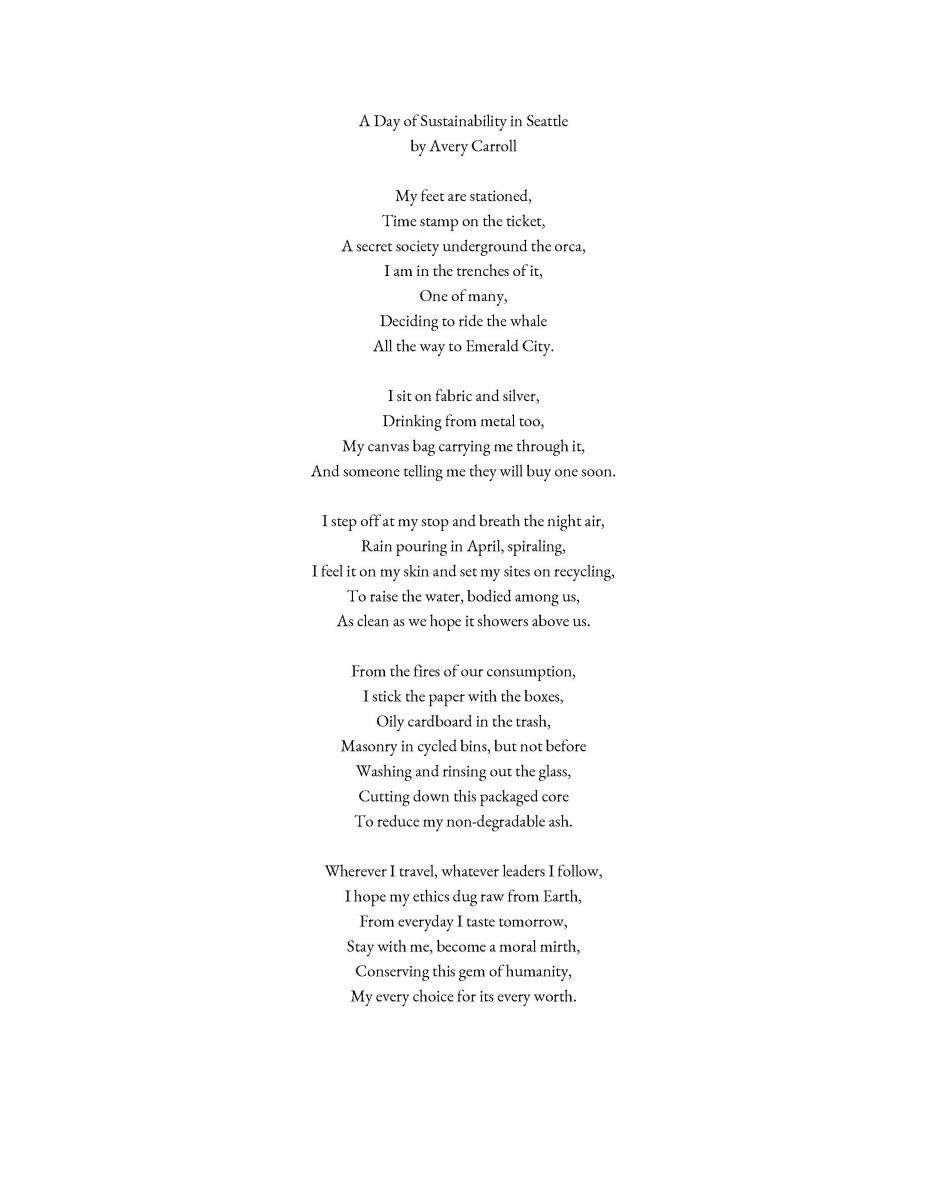
Details submitted by artist. View the poem.
Brief description and theme of the art piece
It is a poem about my day making sustainable choices and the value I find in it.
How is this relevant to your personal and/or UW campus waste?
Everyday, I try to practice conscious decisions when it comes to reducing my impact on the Earth. I find personal reward and satisfaction in finding new ways at being better at recycling and conserving. I hope that everyone can find their own personal passion for it and do what they can. We all have an impact on not only the Earth but one another. Making sustainable choices can encourage others to make them too, like using reusable bags!
The UW Recycling team thanks everyone who participated for making the 2023 Trash Art Contest a success! A special thanks to the HUB for promoting our contest during their Winter Maker’s Fair.
The competition was part of this year's Campus Race to Zero Waste (previously RecycleMania). Campus Race to Zero Waste will be happening again in 2024 and we’re looking forward to planning next year’s contest. In the meantime, stay in touch with us on Instagram @uwrecycling or contact us at recycle@uw.edu.
